I have been following the Chinese newcomer TTArtisan since the beginning with their very first lens, the 35mm f1.4 ASPH that I reviewed on 35mmc. I liked that lens for being both sharp and vintage depending on the aperture, but its size was to the limits of what I would accept to bring with me on a M camera for a long trip. Recently TTArtisan contacted me to review their newest and most advanced lens so far: the TTArtisan 35mm F/2 M APO ASPH.
You read it right, APO ASPH performance. That would suggest no fringing, and very high sharpness wide open. I didn’t know what to expect size wise as they had no visuals to communicate when they contacted me. It turned out when I received the lens that I was pretty surprised by it. It is damn big, not really what I wished for a new 35 lens on my M6! I was hesitant to go further with the testing, but after seeing what the lens could produce, image-wise, I decided I would still have to do some writing about it as this lens definitely remains very interesting. I will try to show in this review how this big boy shines, and how it doesn’t. I hope my conclusions will help you decide whether it is for you, or not.
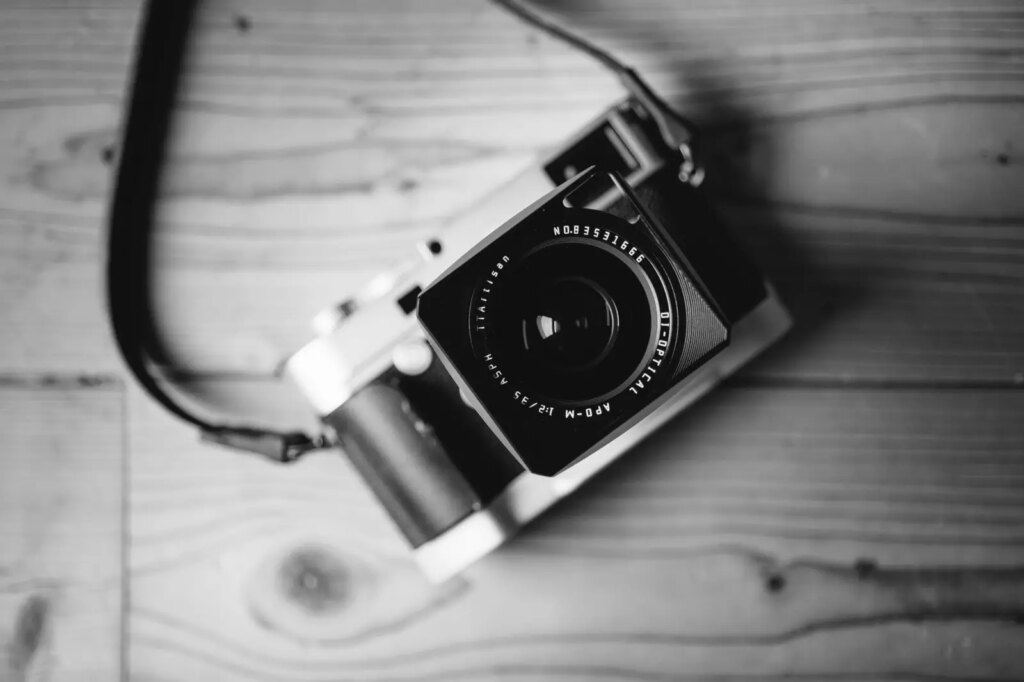
APO what?
APO lenses have recently flourished on the M market. Leica release their new APO ASPH Summicron 35mm f2 which is pretty small and very sharp, then Voigtlander proposed their 35mm APO Lanthar f2 which was a bit bigger but according to some reviews, pretty damn close to its German competitor. But what is it exactly?
APO is a contraction of the word apochromatic. It is an optical characteristic that means (in very simplified terms) that you will have close to no color fringing, close to no chromatic aberrations. These are the purple / green or sometimes yellow / blue lines that will show on a picture around very contrasty contours. The worst case scenario everyone knows is for example back lit foliage that most of the time produces nice purple fringes around the leaves in the edges of the pictures.
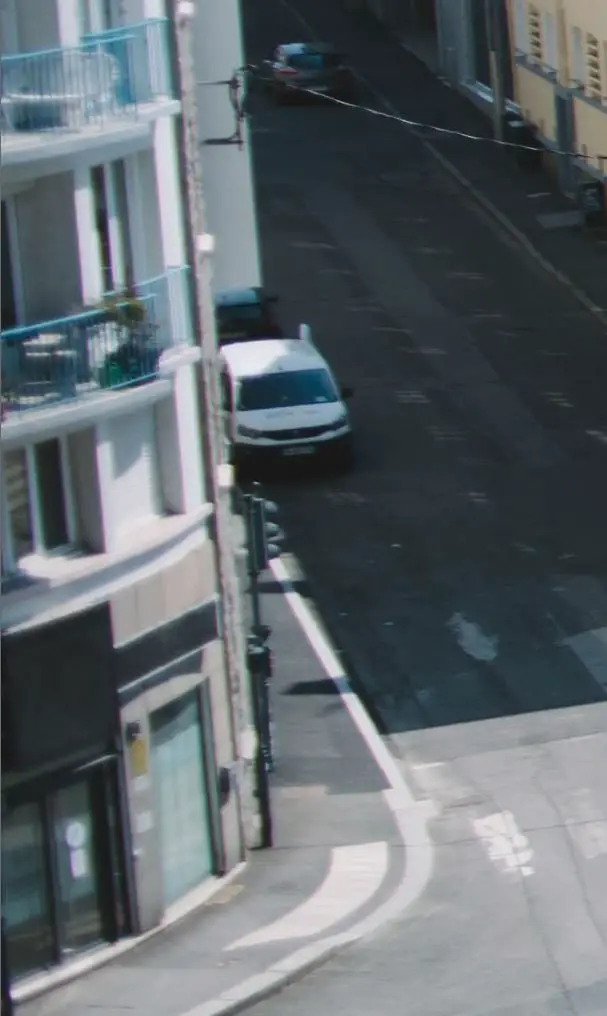
This can be corrected pretty easily most of the time with digital files, but it can be quite challenging in some situations. Also, for film printing, this can’t really be fixed. The result of such aberrations is also generally to soften up edges. An APO aspherical lens can supposedly be much sharper than regular lenses by combining both aspherical lens elements and apochromatic characteristics. This is no surprises that a new lens maker like TTArtisan finally decides to enter into that prestigious league. Let’s see how this turned out with the TTArtisan 35mm F/2 M APO ASPH.
Construction
We have been used to the fact that TTArtisan wants to produce high class lenses for M cameras. Its most recent 28mm f5.6 was built like a little jewel. I am glad to see that the new 35mm APO is their nicest lens so far. The focusing ring is smooth like butter, aperture clicks are perfect to me, lens finish is top notch. No wobble or mechanical play whatsoever. They even painted the focusing cam in black instead of leaving them in bare brass. I find this more professional looking. The hood is removable and a rubber ring is used to dampen the hood unscrewing movement. Lens elements are quite impressive for a f2 lens, and we can clearly see the aspherical reflections. This, for sure, is a beautiful lens. Its weight is also pretty impressive at 540g, hood and caps included. The hood comes with a cap that looks a lot like the Summilux ASPH cap. I like it a lot as it is more convenient to slide that cap on. And it stays in place much better than their previous caps. The filter diameter is 52mm.
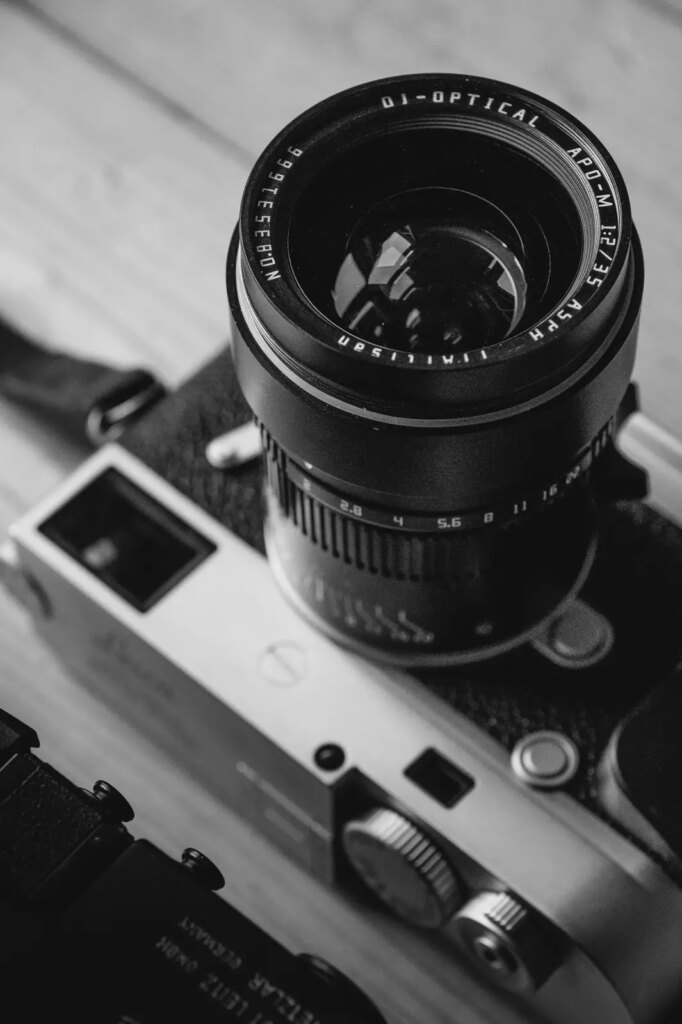
Minimum focusing distance is 0.7m, which is a bit disappointing considering the fact that both the Leica and the Voigtlander APO lenses focus much closer. The rangefinder is well coupled and seems to be well accurate on my M10 on the whole field. Only the infinity stop is not properly calibrated, like often on these Chinese lenses. Fortunately you can adjust where the hard stop is on these lenses.
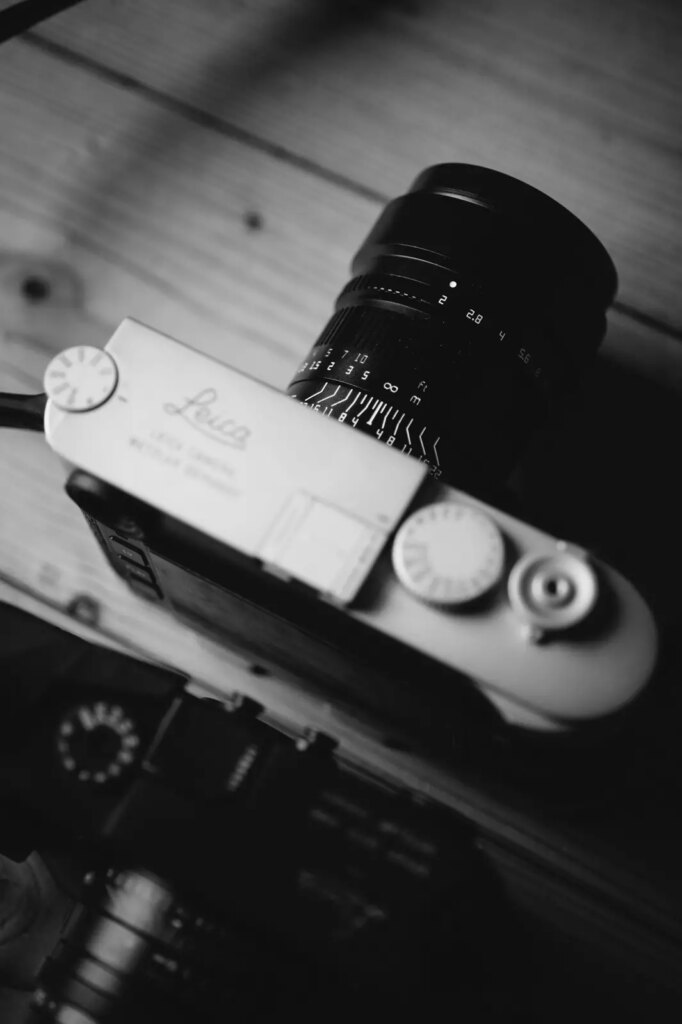
Size-wise, let’s try to put things into perspective. I said this lens is big for a 35mm f2 lens. You can try to imagine what I mean next with the two lenses on the following pictures (Summilux ASPH 35mm f1.4 and Nokton 75mm f1.5). The TTA 35mm f2 APO is the bigger of these lenses. Slightly bigger than the 75mm, and much bigger than the Summilux ASPH which is a bit annoying. The biggest drawback about the size on a Leica M camera is the viewfinder blockage, which will be significant with that lens. To my taste, it is too much to be used realistically with the regular rangefinder, eliminating that lens for film use. Instead, I will prefer using it with an EVF on my M10 or my Nikon Z6.
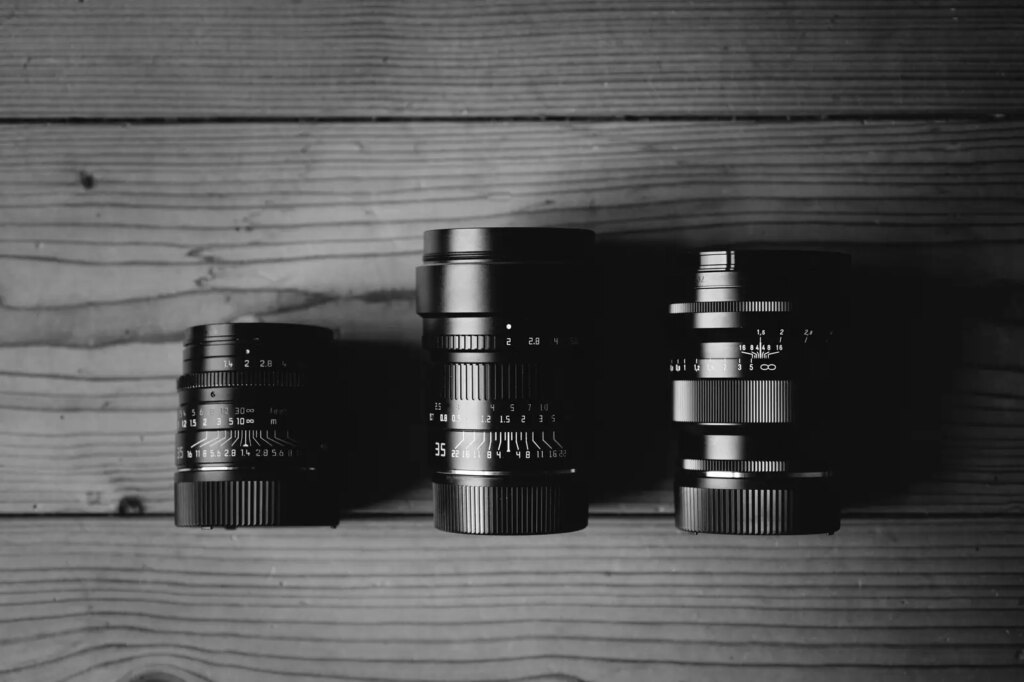
A big size like this one also implies using a good grip to avoid hurting your wrists. I cannot recommend enough my Kamerakraft grip for that…! In the end, I found myself preferring using this lens on my Nikon Z6 as I feel the whole kit is much more balanced and user friendly than on a M camera where the lens will tend to make the rig very front-heavy.
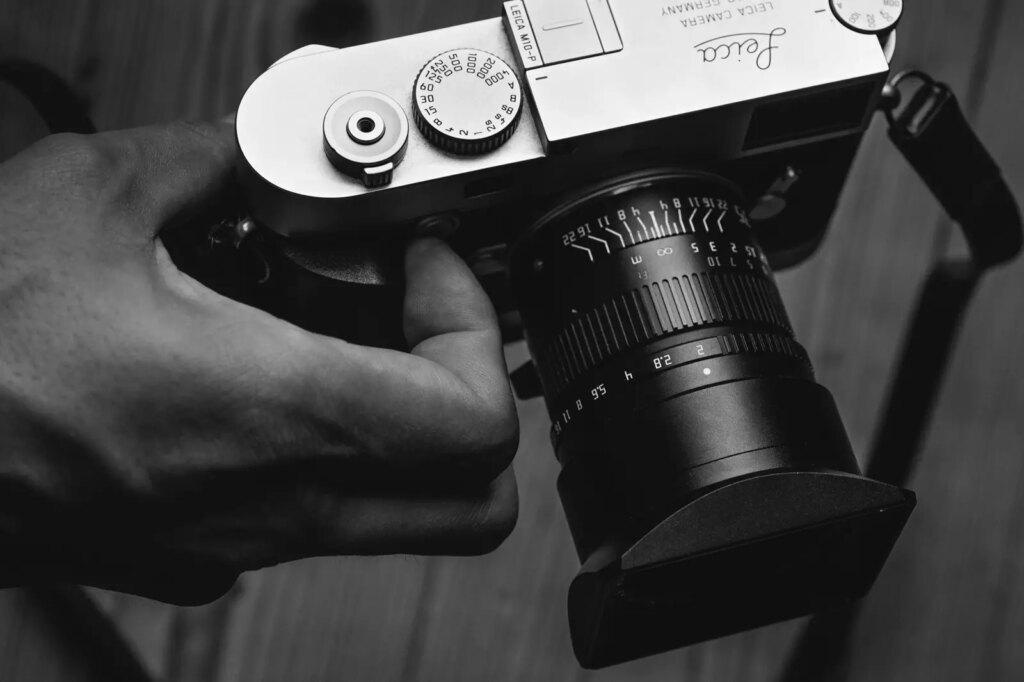
Optical properties
Here are the MTF curves and optical diagram from TTArtisan.
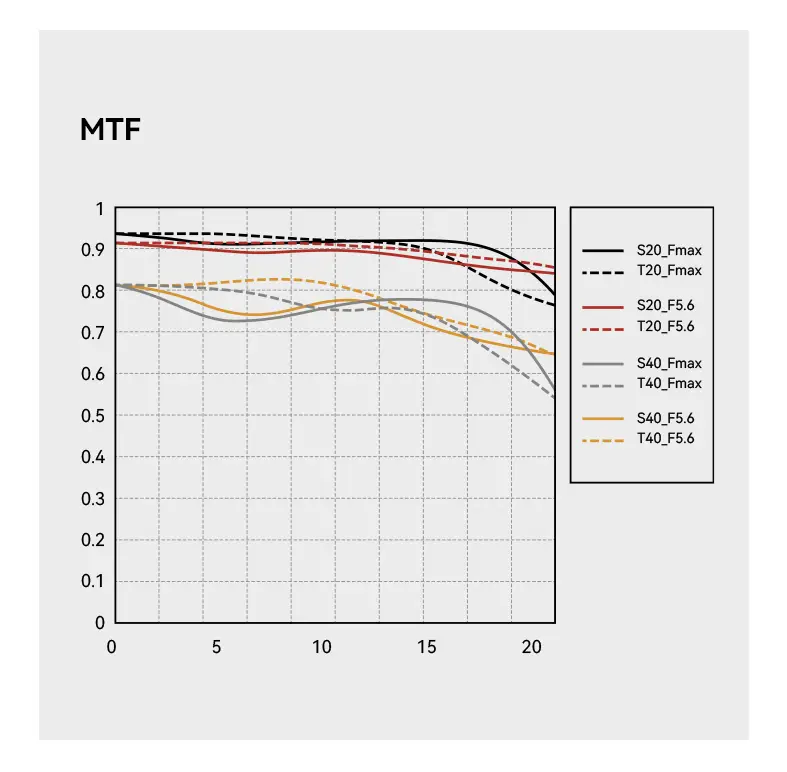
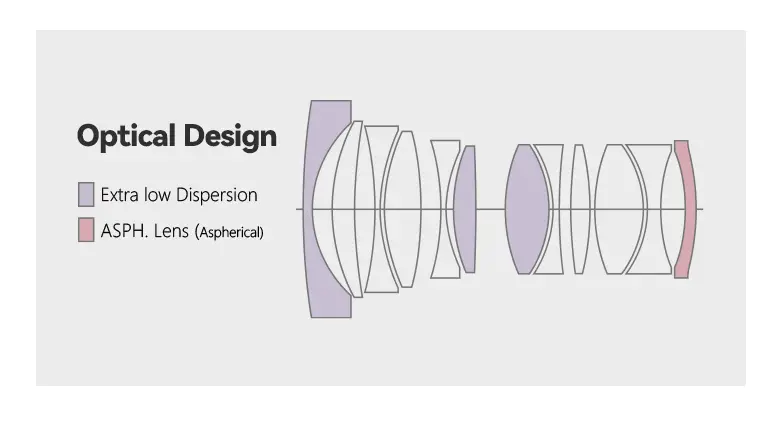
As you can see, the lens design is quite complex using both ED glass and aspherical lenses. The MTF figures suggest that even wide open, the center sharpness of the lens will always be very high which is encouraging. To put this lens to its limits I tried to use it in challenging scenarios. Here are the pictures made with this it and associated crops. All these pictures were shot wide open with the Nikon Z6.

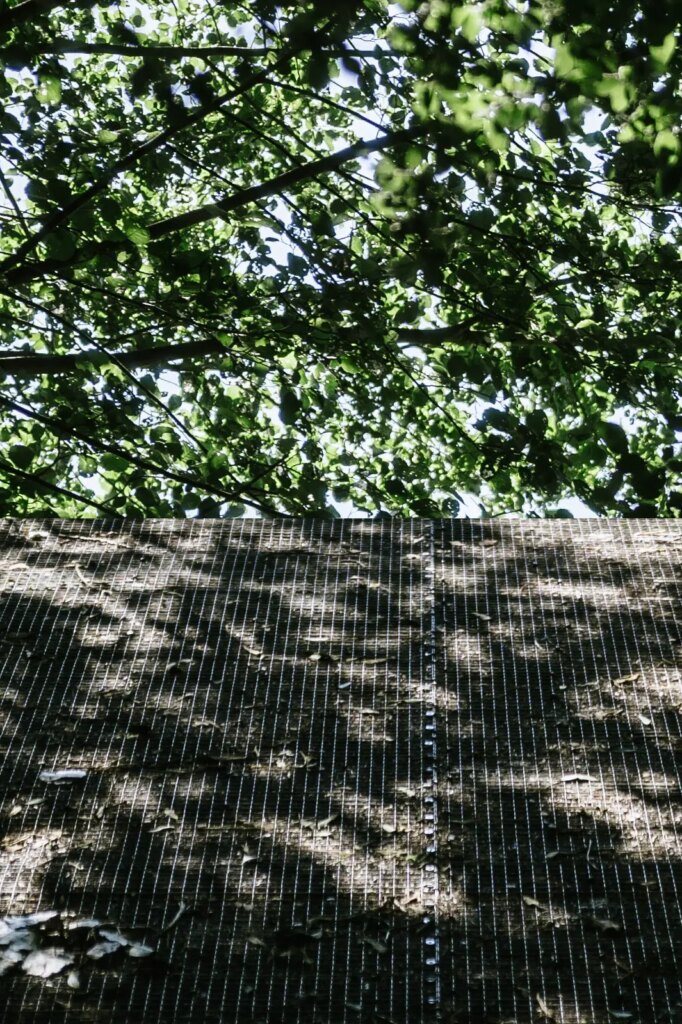
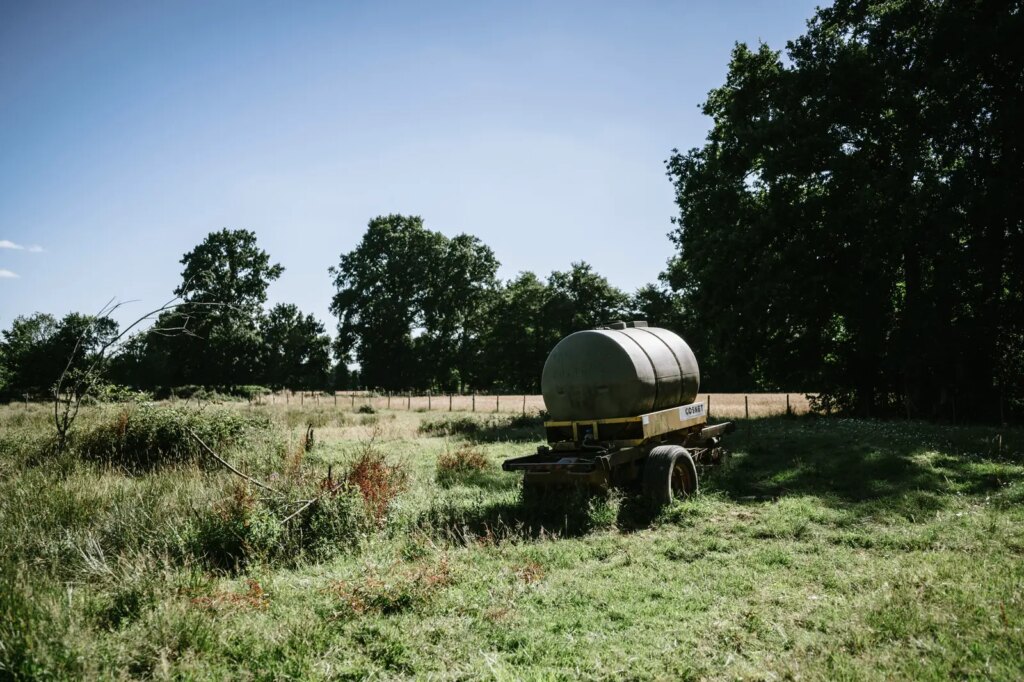
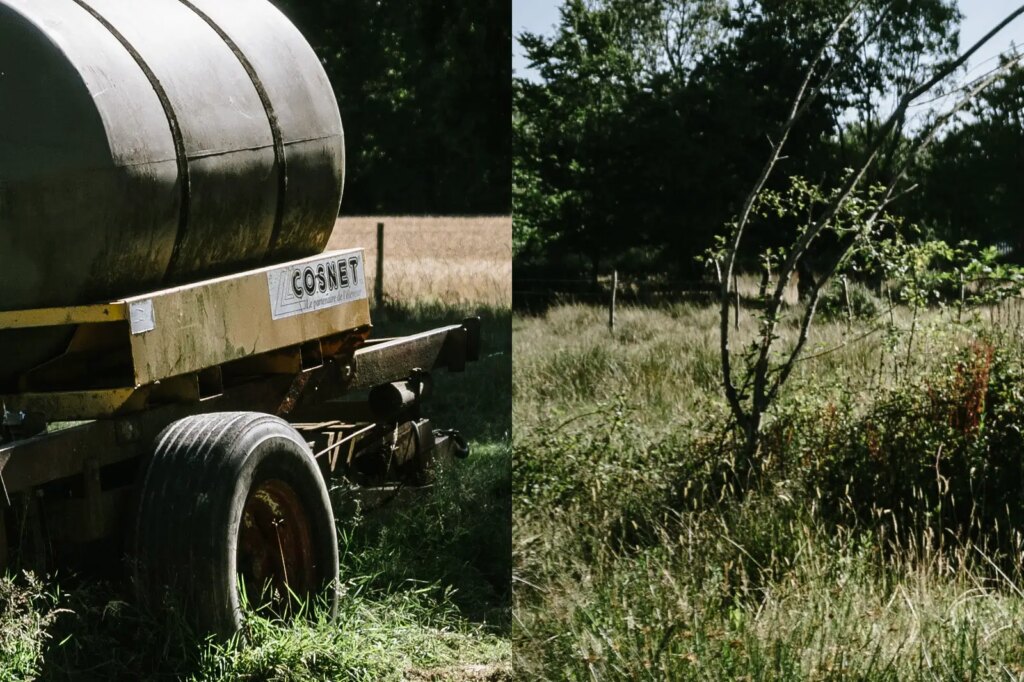

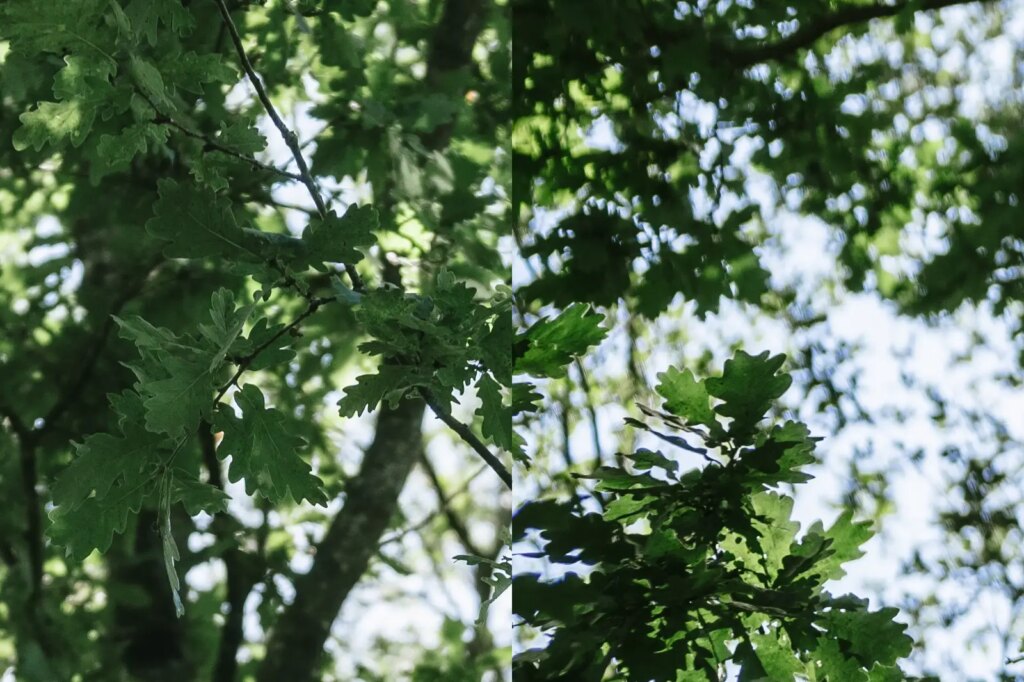
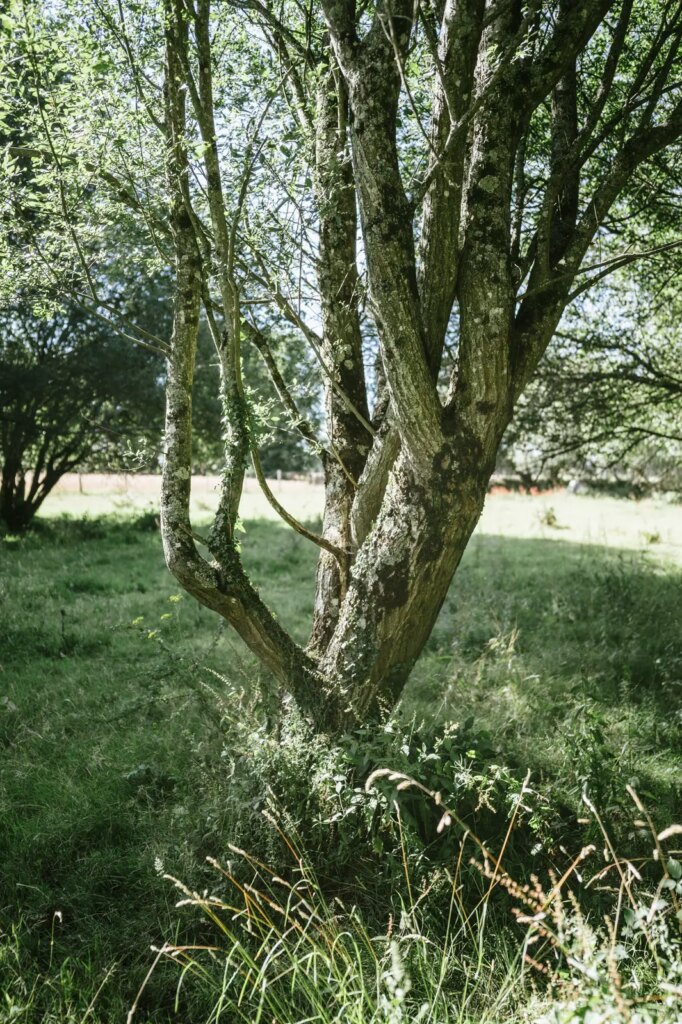
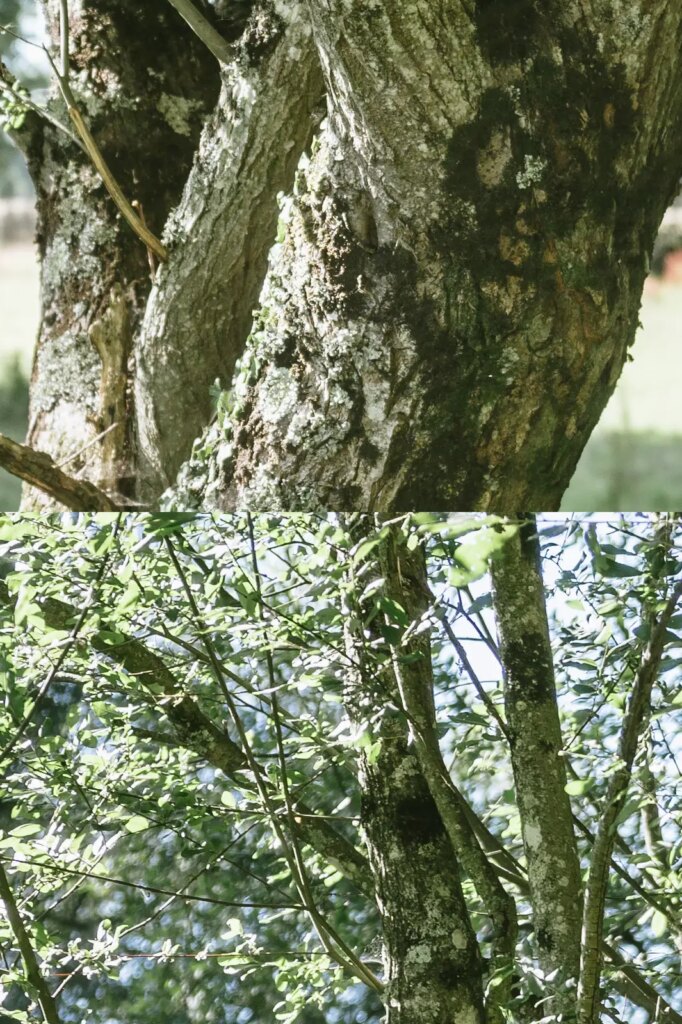

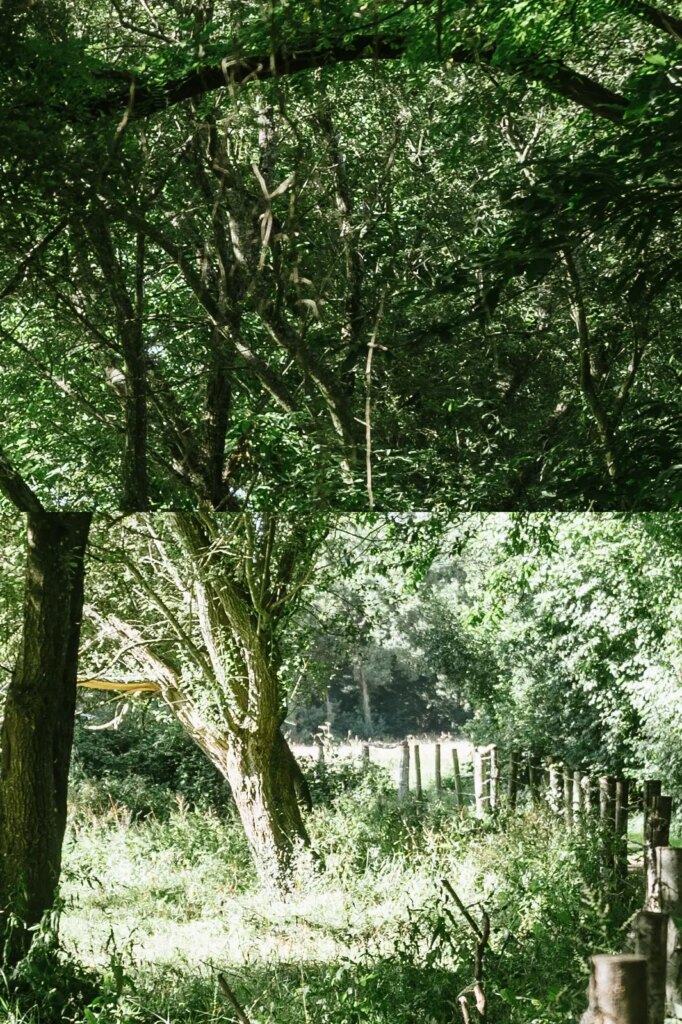
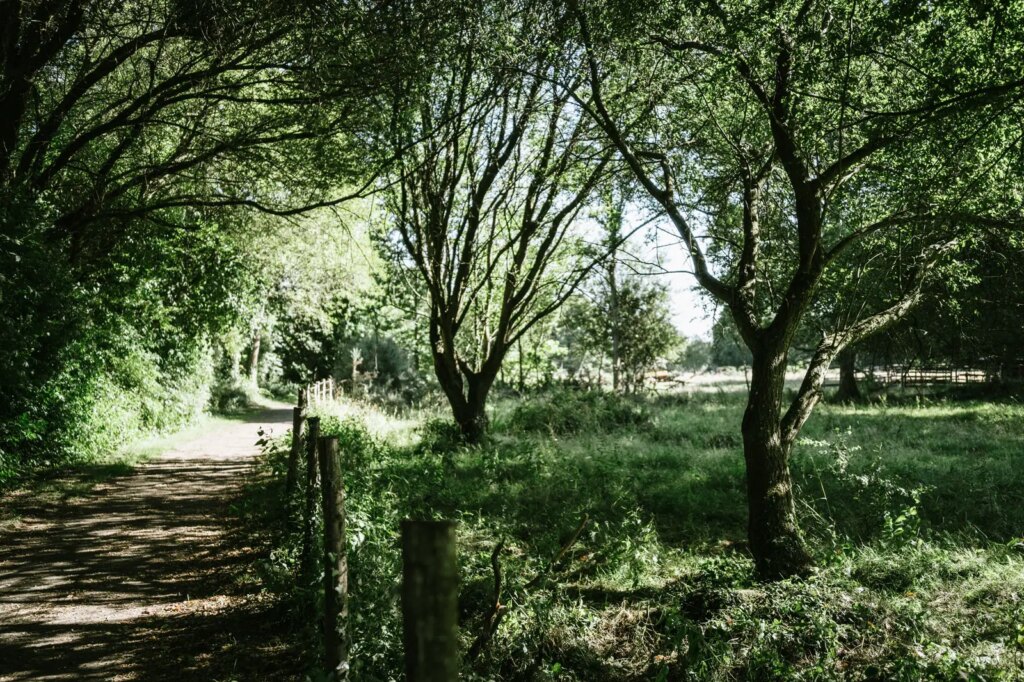
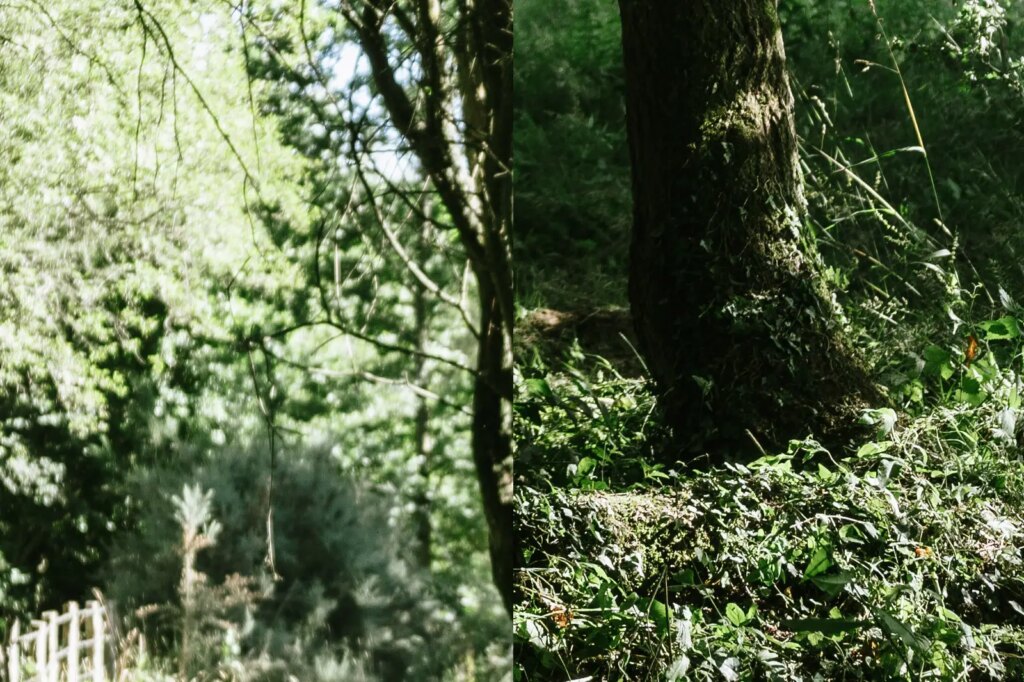

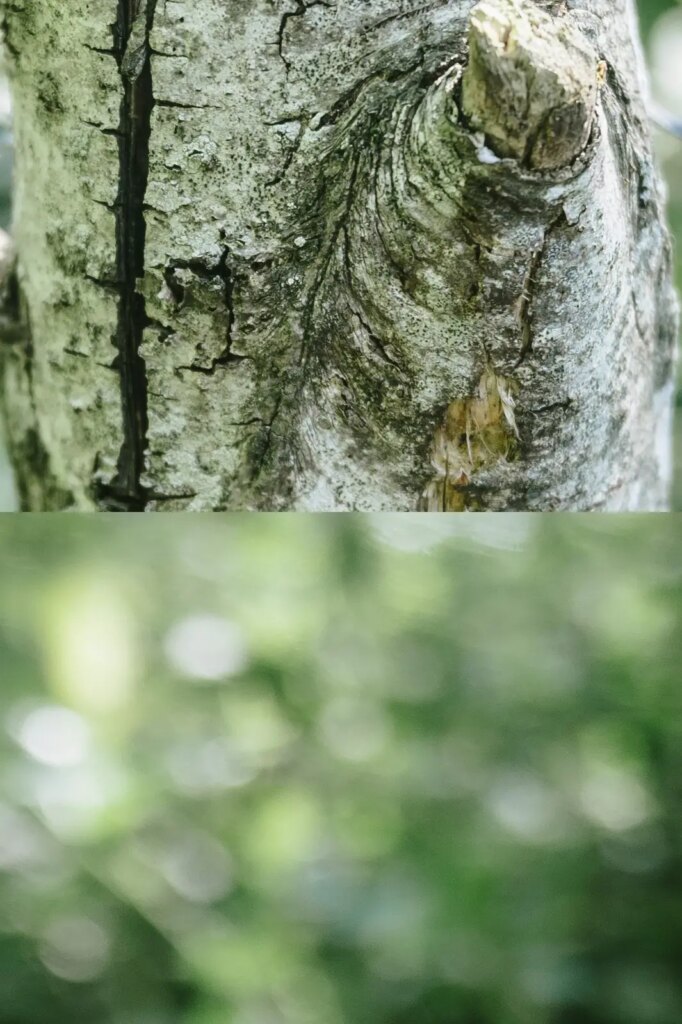

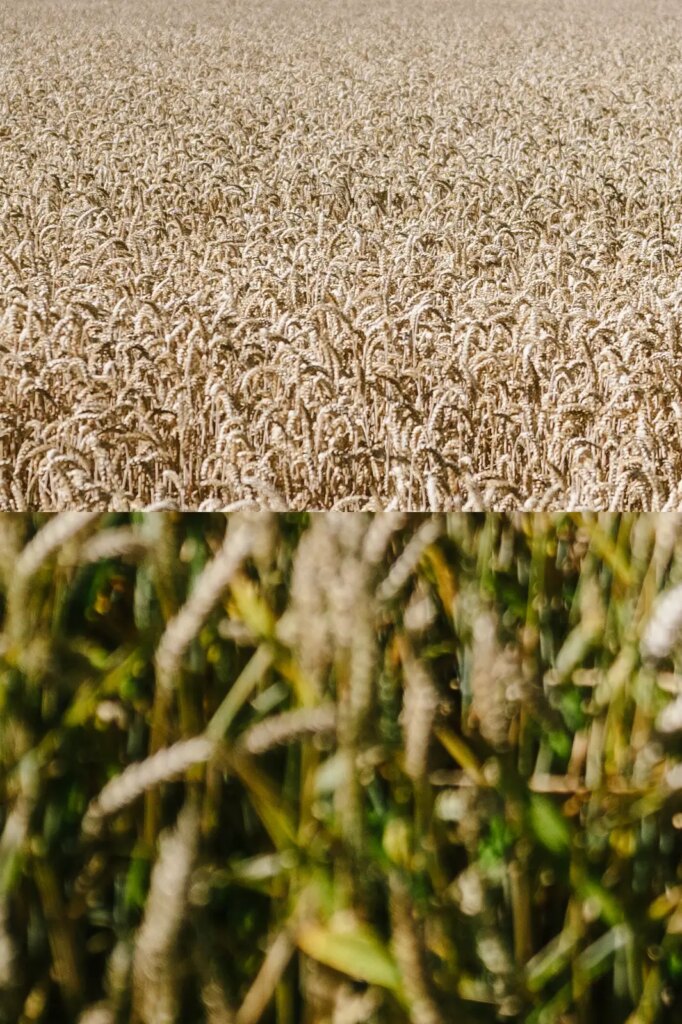
As you may have noticed, sharpness wide open is very high. The center, of the picture, where you focus will always be tack sharp and very contrasty. The edges tended to be a bit less sharp on the pictures made with my Z6. But still very contrasty.
Bokeh is a bit of a mixed bag for me: at close and medium distances, it is perfect, very smooth, nothing distracting. At far distances, it is a bit more complicated, and bokeh will actually look like “unsharpness” instead of blur. It might be detrimental on some pictures, insignificant for others. Front bokeh seems pretty nervous too.
Flaring has also been problematic on some pictures for me. The thing is that instead of producing a nice halo, it actually washes out the picture if the sun is badly placed. I wouldn’t say it flares easily, but when it does, it does bad.
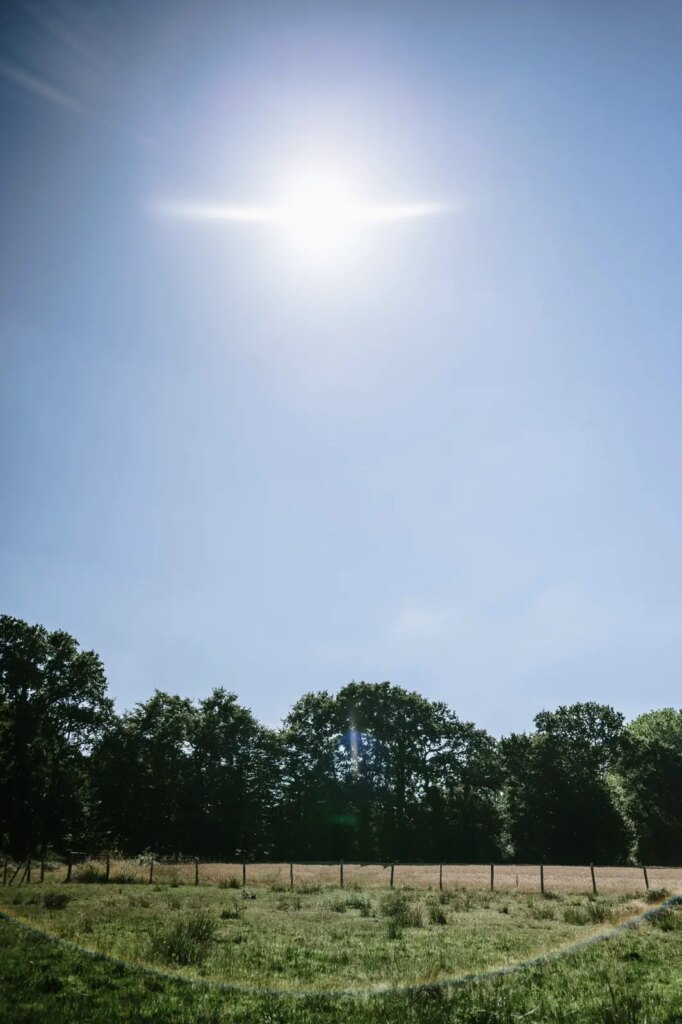

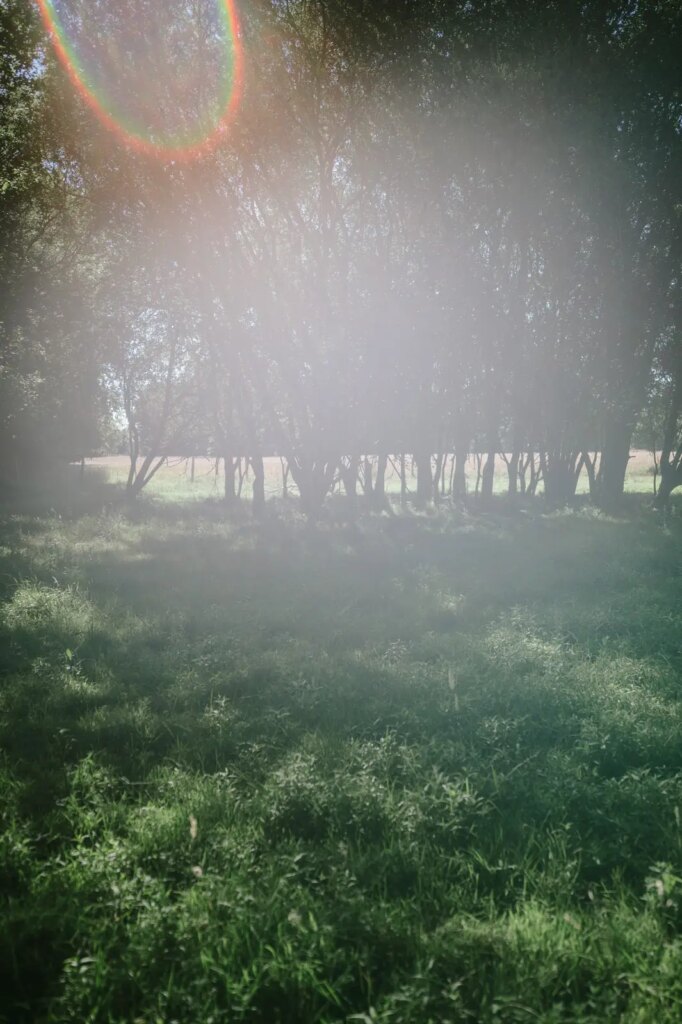
Overall, the performance of the lens is surprisingly good wide open. It can produce fantastic pictures, with high contrast and sharpness. Closed down only a tiny bit, the lens is razor sharp. And as its name suggest, chromatic aberrations and color fringing are simply absent on every picture I made which is quite a relief. The TTArtisan 35mm F/2 APO ASPH really doesn’t disappoint if you are looking for a modern, high performance lens, thought you do have to be careful when it comes to flaring.
Summarised Pros and Cons of the TTArtisan 35mm f/2
Pros
- Beautifully built, very dense lens.
- Sharpness wide open and high contrast.
- Bokeh at short / medium distances.
- No fringing.
- Price against its competitors.
Cons
- Size is really too big for a Leica M camera, for my own taste.
- I prefer using it with a camera that has some grip and an EVF to avoid finder blockage.
- Flaring
- Infinity hard stop not being the infinity of rangefinder patch, but this is something that can be fixed. But it is annoying they still didn’t figured out how to calibrate them properly out of the factory.
- Bokeh at long distances.
Some Photos
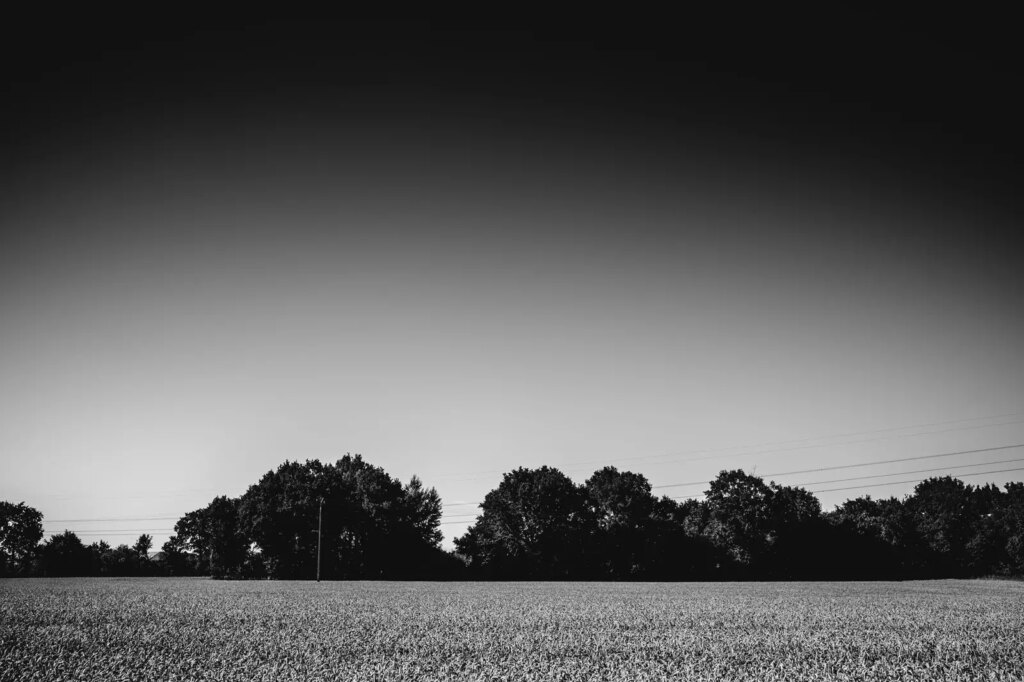
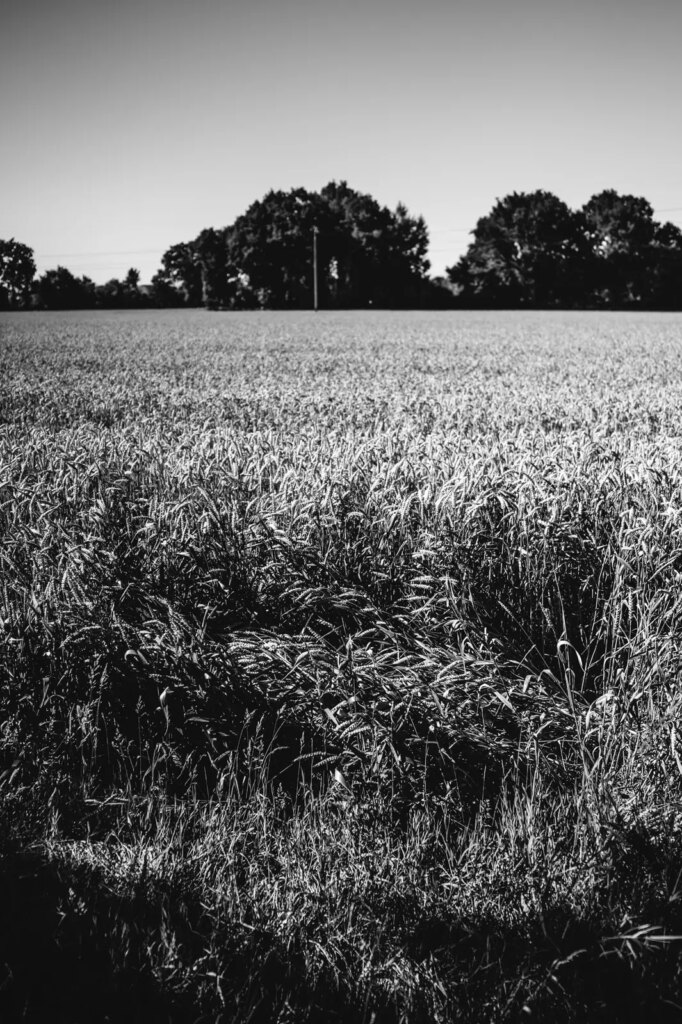
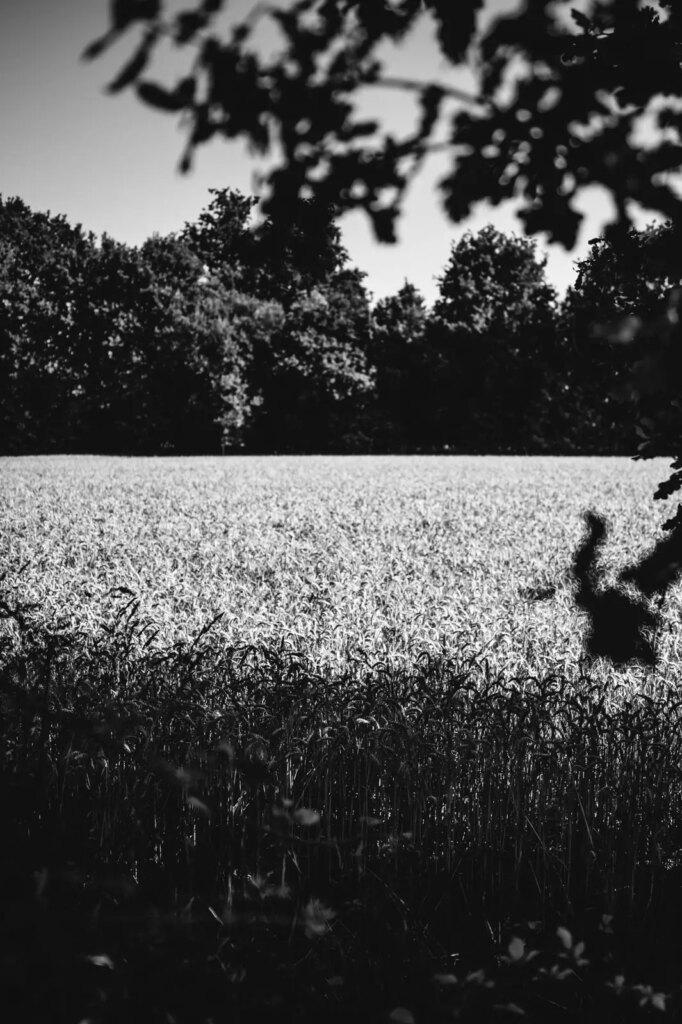
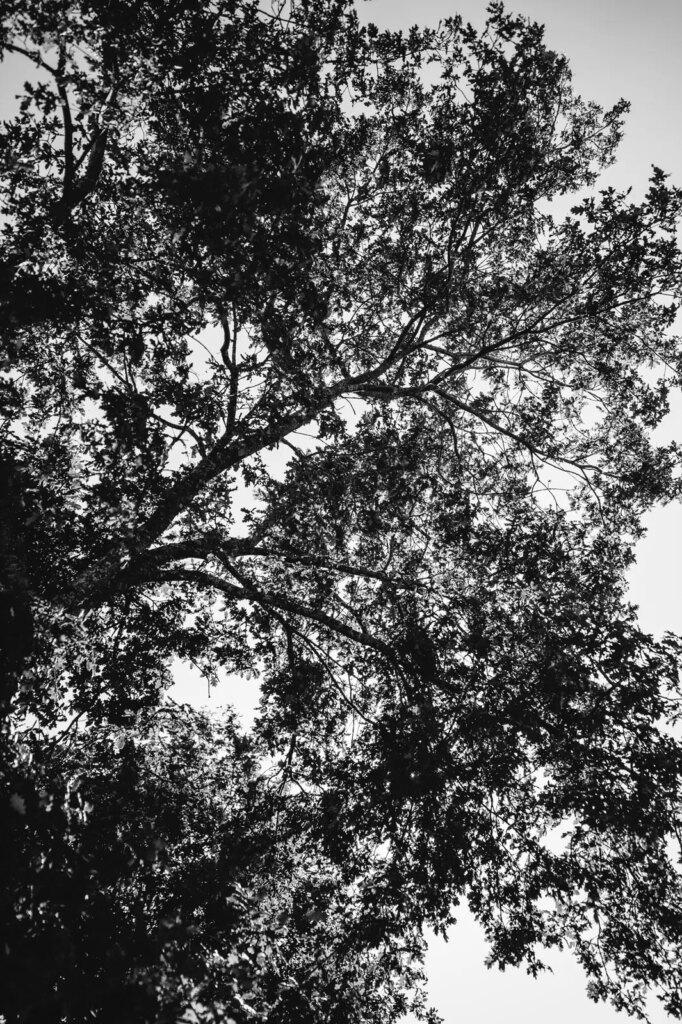

Alternatives and final words
There aren’t many alternatives besides the ones previously named (Leica APO ASPH, almost $7000USD and Voigtlander APO, $1000USD). The TTArtisan 35mm F/2 APO ASPH is not far off half the price of Voigtlander which gives a very strong point in favor of the TTA. You can’t beat the price / performance ratio of that lens which is simply amazing.
As to whether or not this lens is for you, you need to think what you are looking for with an M mount lens. Basically, if you like high megapixel pictures (above 24mp), often pixel-peep, or print very large pictures, this lens will most certainly be interesting for you and you might therefore be less bothered by the size. If you, like me, use film cameras and low megapixel digital cameras, or simply like a bit more character in your lenses, you might also consider getting a smaller lens that will better suit your M camera size and handling. In short, I think this TTArtisan 35mm APO ASPH is definitely a specialty lens that will be liked by many and hated by others because they are simply not the targeted photographers of this product!
I hope TTArtisan are now trying to make another 35 (again, I know, but this is my favorite focal length), more in line with their previous 28mm f5.6, i.e. sharp and portable. A 35mm f2 of the size of the summicron-m 35mm version 4 priced under 500USD would be hugely successful I believe, so please do that TTA!
If you want to see more of my personal pictures, you will find my instagram account there and of course, my Kamerakraft website where I propose my Leica cameras handles.
Share this post:
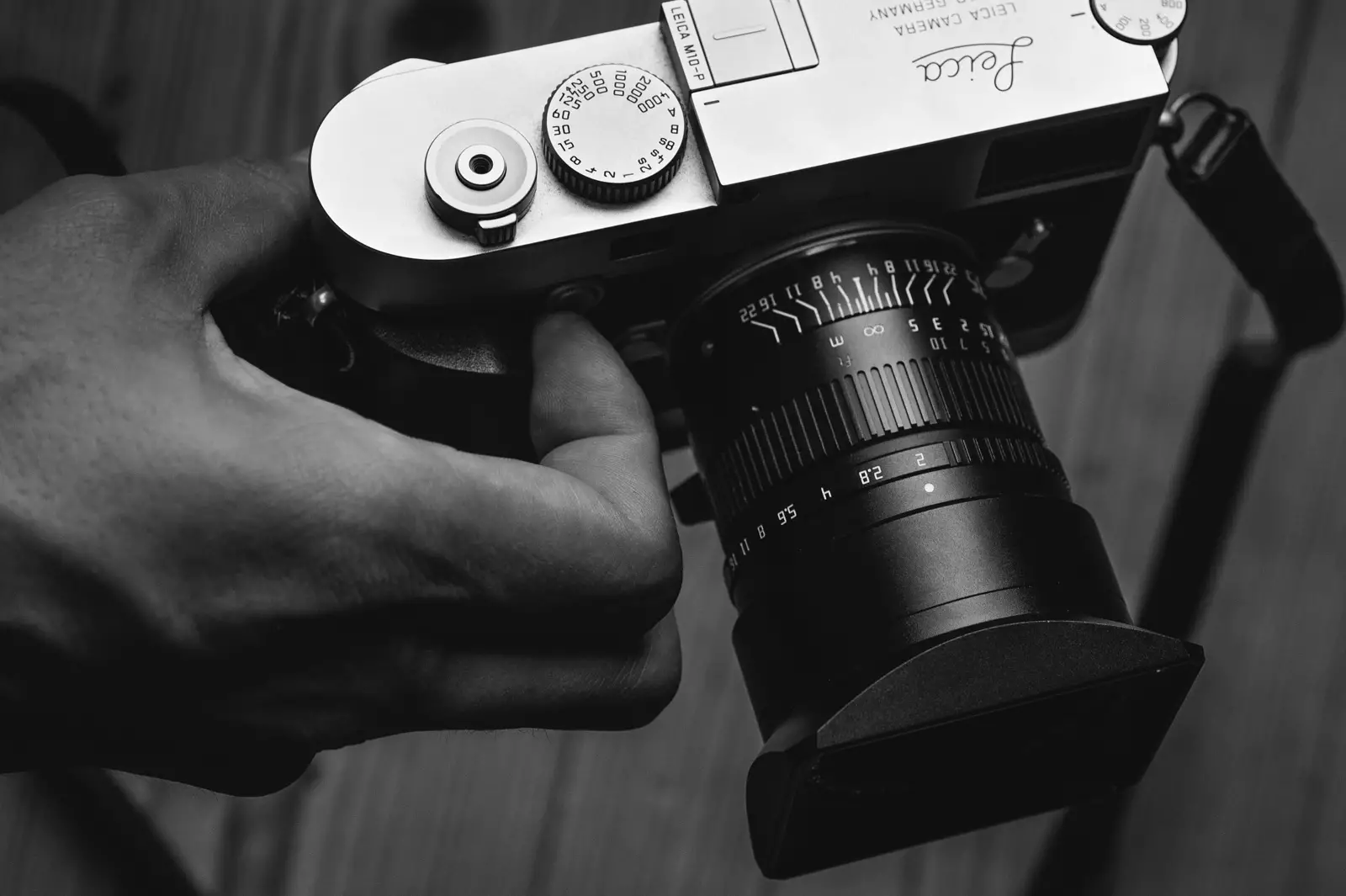








Comments
Chris DellaCorte on TTArtisan 35mm F/2 APO ASPH Review – By Vincent Bihler
Comment posted: 21/07/2022
Nice, comprehensive article. I really appreciate that you have clearly articulated the trade-offs between lens size, performance and intended use.
Well done!
CDC
Comment posted: 21/07/2022
Marc on TTArtisan 35mm F/2 APO ASPH Review – By Vincent Bihler
Comment posted: 21/07/2022
Kind regards
Marc
Marc on TTArtisan 35mm F/2 APO ASPH Review – By Vincent Bihler
Comment posted: 21/07/2022
Exactly my thought, i sign that. Had overlooked this line before, when commenting before. ;-)
Best of luck,
Marc
Troy Phillips on TTArtisan 35mm F/2 APO ASPH Review – By Vincent Bihler
Comment posted: 22/07/2022
I just purchased one of their lenses. I have not shot is much but had fun with it the other evening. I purchased the 11mm f/2.8 fisheye. I have been looking for a good fisheye then I saw a review on this one . I looked at a couple more reviews then purchased it.
So far I really like the lens. Even it’s build quality seems very good for the price especially. The lens is what I’d call exceptionally dense for its size . The photos I’ve looked at so far have been very good .
Looks as though TTArtiasn is a newer company learning to design and build lenses and will have to learn through heritage how to build compact and high end performance. This is an art and doesn’t come easily. Best of luck the TTArtiasn I
Ian on TTArtisan 35mm F/2 APO ASPH Review – By Vincent Bihler
Comment posted: 04/08/2022
Try and find one used (I paid £165 for a used one from an ebay seller last year) it's really very good. There are several YouTube vids on the lens if you are interested.
Comment posted: 04/08/2022